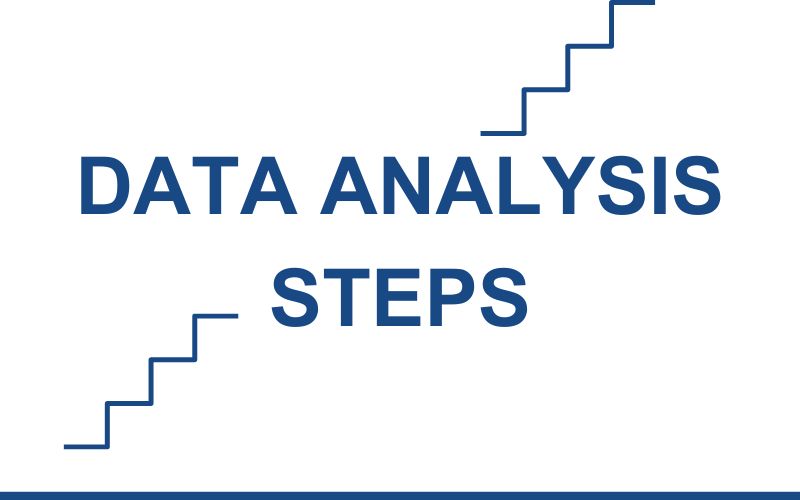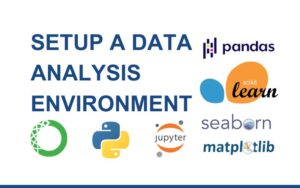Data analysis is the process of drawing useful information from data. From data collection to its modeling, understanding all data analysis steps is crucial to ensure a successful decision-making support. Here are the most common steps involved in data analysis.
If you like doing data analysis using python like me, here is the book I recommend: Python for Data Analysis: Data Wrangling with pandas, NumPy, and Jupyter 3rd Edition
1. Define the problem
Clear articulation of the problem or the objective must be the starting point as it constitutes the guide for the rest of the analysis process. Here, the problem can come in the form of a question asked by the manager or other colleague. For instance, in the weather observations domain, questions can range from a very simple like how many observation stations are meeting the specific requirements to something much more complex like can you identify and analyze anomalies in the weather data to improve the accuracy of weather forecasting and detect unusual weather patterns? The bottom line is that “A problem well stated is a problem half solved.” – John Dewey
2. Data collection
In this step, the data analyst needs to gather necessary data from different sources such as databases, surveys, sensors, web scraping… There are various data collection tools to use. Depending on the nature of your task, you can use survey and form builders such as google forms, SurveyMonkey or mobile data collection tools including Open Data Kit (ODK) and KoboToolbox. It should be noted that data loading, which is most of the times an unavoidable procedure in data analysis is conducted in this step.
3. Data cleaning and processing
An important part of the data analyst’s time is spent on this step. The goal of here to clean the collected data to ensure accuracy and consistency. The tasks to be conducted include missing data handling, data transformation, outlier handling… Exploratory Data Analysis (EDA) which aims to identify patterns, trends is also done at this step of the analysis as it helps the analyst to have a rough idea about the nature of the data being used for the analysis. This step consists of data transformation and organization. This may involve normalization, scaling, encoding categorical variables, or other preprocessing steps depending on the analysis techniques to be applied. At this step, the data analyst may have merged (combined) and reshape the data collected from different sources.
4. Selection and application of analysis techniques
Based on the nature of the data and the problem to be solved, in this step, an appropriate technique is chosen. Techniques such as regression analysis, clustering and classification may be used depending on the need of the analysis project. This step involves running statistical tests, building models, or applying algorithms to derive meaningful insights.
5. Result interpretation and visualisation
A critical observation of analysis results is done in this step. The findings are interpreted in the context of the problem being solved. To make the information more accessible, visual representations of your data and results are crucial. BI tools such as Power BI and Tableau can be used to generate graphs, charts, and dashboards.
6. Validation and iteration
The outcome of the above procedure is validated at this phase. In case the results are not satisfactory, if necessary, a new method is redefined. Extra data collection and parameter adjustment may be required.
7. Documentation and result sharing
For future reference, a robust documentation of your data analysis process, including the steps taken, tools used, and decisions made is necessary. Present your findings to stakeholders using clear and concise language. Use visualizations and summaries to make the information accessible to a broader audience.
The steps taken while conducting data analysis are not immutable. The number and order of the above mentioned steps may vary depending on the nature of the project. After sharing the results with the audience, recommendations and suggestions should be taken into account as Data analysis is an iterative process.


